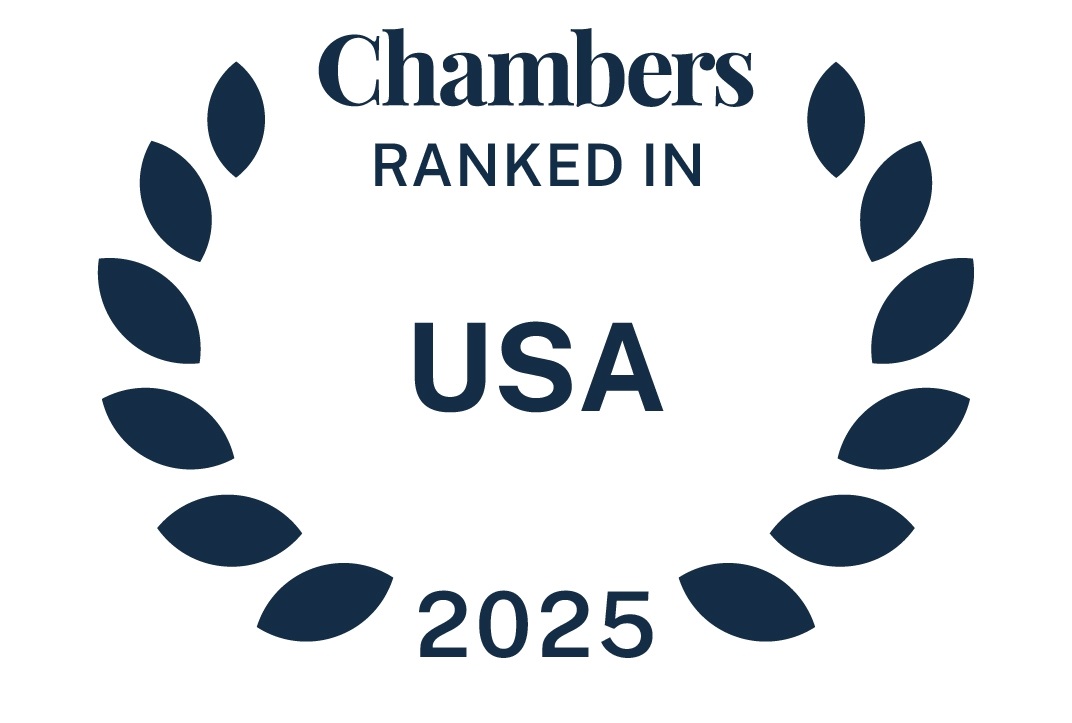In the 2008 presidential election campaign, then-candidate Barack Obama promised to “reinvigorate” antitrust enforcement. Over the last few years, several observers have concluded that the Obama administration’s antitrust record is not substantially different from that of his predecessor. Conventional wisdom suggests that antitrust enforcement is non-partisan. Some key statistics bear out this conclusion, but a comparative review of the data in Hart-Scott-Rodino (HSR) Annual Reports published jointly by the Federal Trade Commission (FTC) and the U.S. Department of Justice (DOJ), including the recently issued fiscal year 2014 report, reveals some significant differences in antitrust enforcement during the Obama administration.
Analyzing the first six years of each administration reveals some superficial differences, but also significant continuity. Between 2001 and 2006, the agencies received a total of 9080 HSR filings; in 2009–2014 they received only 7530 filings. The total number of filings reviewed by the agencies also declined in absolute terms in the Obama years (Bush: 1537; Obama: 1251). Yet the percentage of filings reviewed has been remarkably consistent at slightly less than 17 percent of filings received in each period (Bush: 16.9 percent; Obama: 16.6 percent). The same consistency applies to Second Requests issued. The agencies actually issued a higher number of Second Requests in the first six years of the Bush administration compared to the same period in the Obama administration (Bush: 284; Obama 275). Given the lower number of filings in 2009–2014, the number of Second Requests as a percentage of all filings reviewed was higher in the Obama years, but only slightly (Bush: 3.1 percent; Obama: 3.7 percent).
If the analysis stopped there, we might conclude that antitrust review and enforcement has changed little during the Obama years. But data for the individual agencies reveals a different picture. In the Bush years, the FTC issued 142 Second Requests compared to 134 during the Obama years. Once again, given the different volume of transactions, this difference in absolute numbers results in no meaningful change in the Second Requests issued as a percentage of the transactions reviewed (Bush: 15.3 percent; Obama: 15.4 percent). For the DOJ, however, the numbers reveal a different story. Although the DOJ issued an almost equal number of second requests in each administration (Bush: 142; Obama: 141), as a percentage of all transactions reviewed by the DOJ, this steady rate results in a significant increase in the total as a percentage of the transactions reviewed; 23.4 percent during the Bush administration, compared to 37.1 during the Obama administration.
The number of enforcement actions pursued by each agency also reveals significant differences. The FTC launched nine more actions under Obama than it did under Bush (Bush: 113; Obama: 124). These totals translate to a modest two percent increase when measured as a percentage of the transactions reviewed by the agency (Bush: 12.1 percent; Obama: 14.2 percent). At the DOJ, the total number of enforcement actions also increased, from 86 under Bush to 101 under Obama. Given the different number of transactions reviewed, however, this change almost doubled [...]
Continue Reading
read more


 Subscribe
Subscribe
